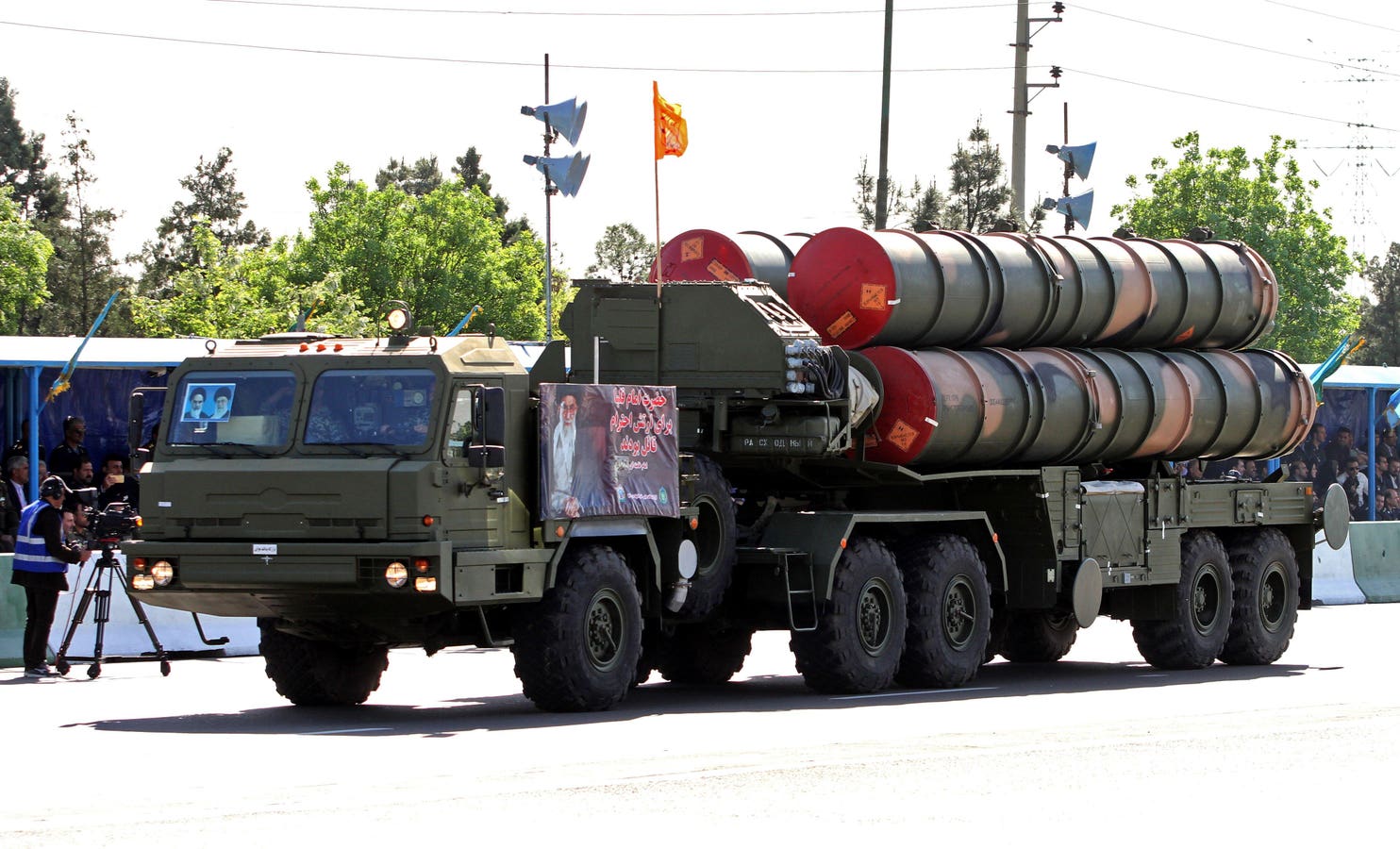Israel’s April 19 strike on Iran’s central Isfahan region was clearly aimed at demonstrating its capability to knock out some of Iran’s most advanced air defense missile systems. Ironically, the way Israel sent this message wasn’t wholly unlike how Iran executed a previous unclaimed attack against Saudi Arabia in 2019.
Iran brushed off Israel’s attack on Isfahan, deriding the appearance of quadcopter drones swiftly downed by Tehran’s air defenses. Iran’s foreign minister even dismissed the drones as mere “toys,” stressing they caused no damage whatsoever and the attack was unworthy of any response. However, post-strike analysis confirmed much more than Tehran was letting on.
Satellite imagery reviewed by The Economist revealed that an air-launched Israeli ballistic missile had directly hit a 30N6E2 Tombstone radar of a long-range Iranian S-300PMU-2, the most advanced Russian air defense system in Iran’s arsenal, at an Isfahan base. Iran swiftly swapped out the radar for another, which the Economist report notes isn’t interchangeable with the 30N6E2. The Iranians also “kept the launcher canisters, which fire interceptors, in an upright position” in an attempt to cover up the damage.
But the damage had been done.
Wreckage photographed in neighboring Iraq led analysts to believe Israel most likely used its Blue Sparrow ballistic missile, which fighter jets can launch at targets up to 1,250 miles away. The debris uncovered in Iraq was likely from the fuel booster units designed for jettisoning mid-flight.
Israel neither confirmed nor denied the strike, which came just under a week after Iran’s unprecedented missile and drone attack against Israel on the night of April 13. Despite this, the message was clear: Israel has the capability to strike with precision deep inside Iran.
The S-300’s proximity to Iran’s underground Natanz enrichment site—a vital part of the Iranian nuclear program Israel accused Iran of using to build nuclear weapons—is undoubtedly Israel’s way of demonstrating that Iranian air defenses won’t necessarily deter or stop it from targeting Iranian nuclear sites.
Israel could have inflicted much more damage on the S-300 system; imagery of its smoldering launchers would have been far more difficult for Iran to conceal and deny, but it settled for a relatively discreet demonstration of its reach. Furthermore, even though Iran launched 300 missiles and drones on April 13, the overwhelming majority were intercepted, with only some ballistic missiles causing minor damage to a sprawling airbase in southern Israel.
Israel’s response was arguably more damaging and decisive.
“The strike on an S-300 radar in what appears to have been a very limited strike by the Israelis would represent far more damage done than,” Iran managed in the April 13 attack, an AP analysis noted. And while it’s not clear how many air-launched ballistic missiles Israel used on April 19, they were undoubtedly a fraction of the 300 munitions Iran launched in its attack.
Iran downplayed the attack but undoubtedly received its message. Tehran likely understood this message because it sent a similar one five years ago against another regional rival.
On September 19, 2019, Iranian drones and cruise missiles struck oil processing facilities operated by Saudi Aramco at Abqaiq and Khurais in the kingdom’s east. The attack briefly saw Saudi Arabia cut its oil production by half.
The operation and strike package was estimated to cost a mere $2-3 million and could have caused much more damage had the planners intended. They clearly did not. However, the attack’s objective of highlighting the vulnerabilities of Saudi energy facilities was undoubtedly a success.
While the Houthis claimed the attack, the consensus is that Iran executed it, given its direction, from the north and east rather than Yemen in the south. The attack was also highly sophisticated. With pinpoint accuracy, the Iranian-made drones and cruise missiles directly hit and seriously damaged spheroid modules but left other critical infrastructure unscathed.
“It was clear to officials from Aramco and the government what the attackers had done: Using accurate mapping and pinpoint targeting, they’d hit only components that could be fixed quickly,” wrote Bradley Hope and Justin Scheck in their 2020 book Blood and Oil.
“The Saudis were able to get oil production back on track within weeks only because Iran decided to graze, rather than demolish, the facility,” the authors added a few sentences later.
Israel similarly sought to damage one of Iran’s most advanced air defense systems with a pinprick strike or graze, showing Tehran it could do a whole lot worse if it chose.
Read the full article here





